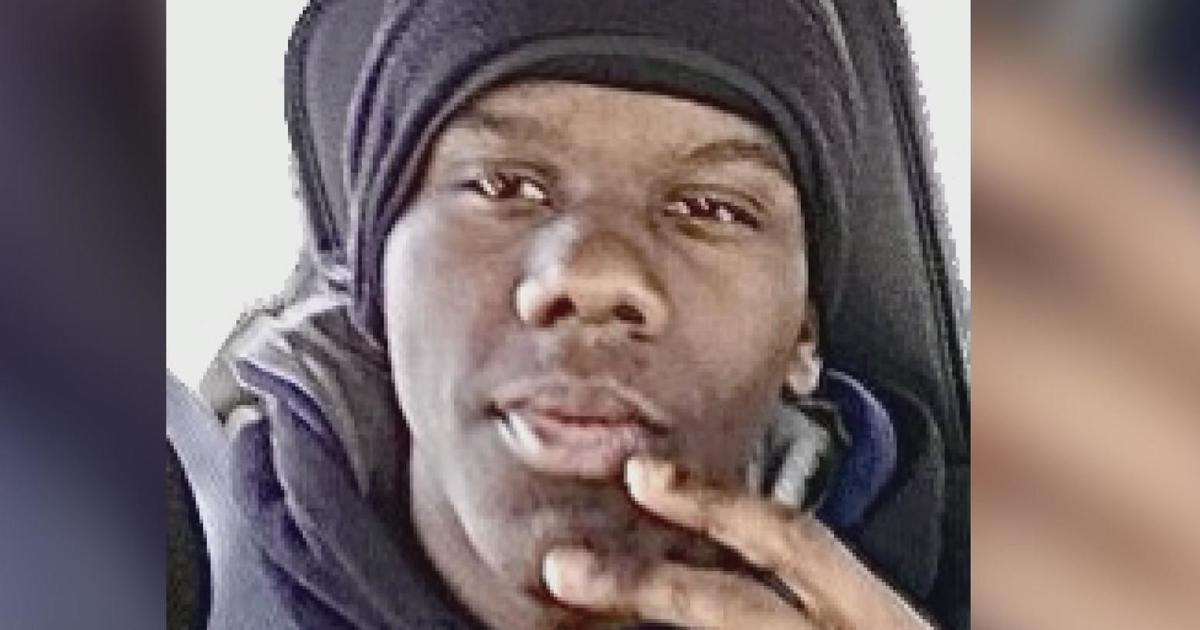Do you know CPR? Experts explain the importance and how to learn quickly
PITTSBURGH (KDKA) — After Damar Hamlin collapsed during the Bill-Bengals game, medical experts immediately jumped into action.
They recognized he went into cardiac arrest, started CPR and saved his life. This incident has increased awareness about CPR and why it's so important to be trained.
What happened on that football field was a matter of life and death. In a cardiac arrest, every second counts.
"We saw the importance of high-quality CPR, and also early recognition and the importance of bystander CPR," Gino Mollica with the American Heart Association said.
According to the American Heart Association, about 350,000 people go into cardiac arrest every year. Medical experts added that it's the third leading cause of death in the United States. The Heart Association said about 70% of those cases happen at someone's home. Only about 35 to 45% of people know CPR.
"If you know CPR, you could very likely save that family member's life," Medical Rescue Team South Authority Chief Joshua Worth Sr., said.
The Medical Rescue Team South Authority covers six South Hills neighborhoods. He said within four to six minutes of a cardiac arrest organs start to fail. It goes by fast between finding the person, calling 911, and having a crew dispatched.
"That time is being eaten up very quickly in just that process and then we have to get to you," Chief Worth Sr. said.
So, understanding CPR gives the person a better chance to make it to the hospital alive. According to the Heart Association, it doubles or triples people's chances to live. New York Presbyterian Hospital says no CPR reduces people's chance of making it to the hospital alive by 92%.
"Having people around who are familiar with it, act upon it, identify it, that really saves lives," AHN cardiac surgeon Dr. Candice Lee said.
She said they've seen patients live because of someone's quick actions.
"And are getting effective CPR for half an hour and are able to wake up, be neurologically intact and recover," Dr. Lee said over Zoom.
So, what does CPR do to help someone? It essentially gets the blood to flow to organs since the heart is not working properly.
"The best thing that someone can do for someone is learn CPR and start hands-only CPR," Chief Worth said.
If you see someone collapse and have no response, that is a sign of cardiac arrest. Experts said you should have someone call 911 and begin compressions. If you are alone, put the phone on speaker and begin compressions. Ambulance crews say when they do classes, people are concerned about hurting the person. They tell people don't worry about that because it's more important you save their life.
"You might feel a little shift in the rib cage. You might feel a little pop. That's completely normal. What's the most important thing you are doing is getting that blood circulating. You want to be focusing on those high-quality chest compressions," EMT Brieanna Gerner said.
Compressions should be in the middle of the chest about 2 to 3 inches deep and about 100 to 120 beats per minute. The song "Staying Alive" by the Bee Gees is still a good pacesetter.
"The community is truly the first responders. They are the first ones to arrive on scene. So us training them is just as important as all the internal training," Worth said.
Harvard Medical School said about 65% of people have gotten some training at some point but only 18% are up to date. The Heart Association said you should stay up to date and go through training every couple of years. While you can learn this online, it's recommended to be trained in person to fully grasp the concept.
"You really need the skills. You need to practice the skills. It's a tiring thing to do CPR, and it has to be done right," Worth said.
According to the Heart Association, more organizations are doing training to get more people involved. Twenty-two million people were trained last year worldwide.
As for infants, if they are unresponsive, call 911. Then use two fingers on the chest or wrap your hands around and use your thumbs to do compressions.
"It's better to start CPR with the chance that you can save a life than to not start it and that person ends up losing their life. You can do a lot as a bystander," Gerner said.
The Heart Association said with your help, more people can be on a path to recovery just like Hamlin. For more information about cardiac arrest, how to properly do CPR, and find training near you, click here.




